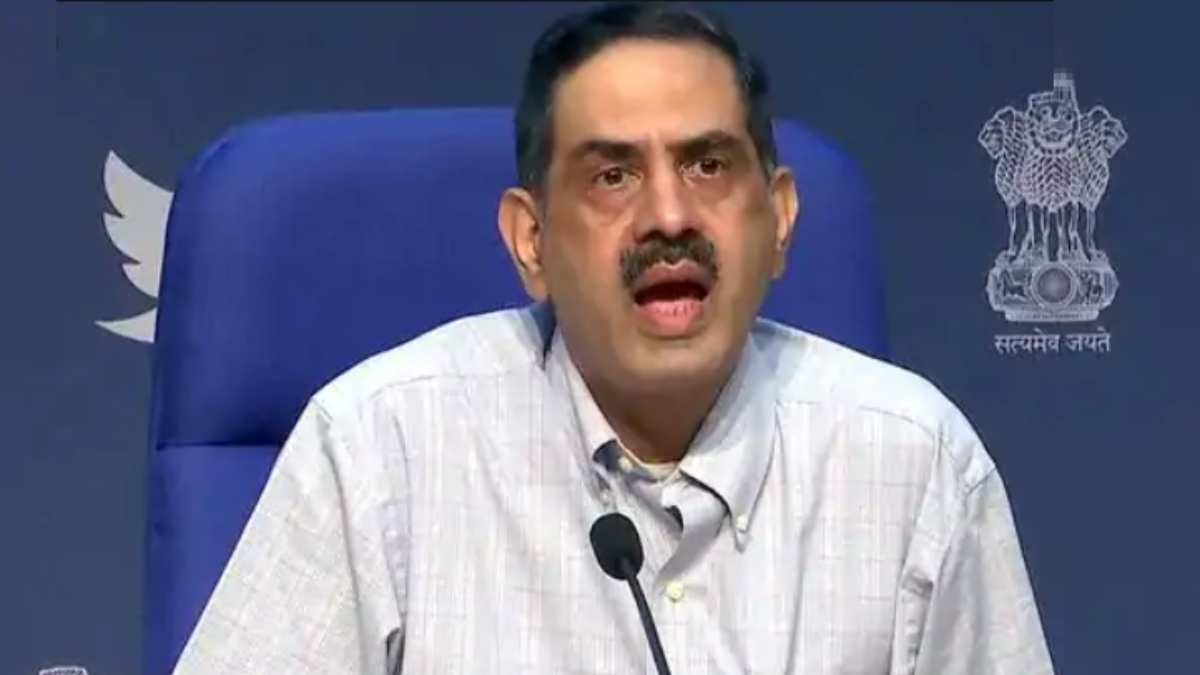


With the number of Covid-19 c a s e s r i s i n g rapidly in the country and total cases crossing over 2.86 lakh on Thursday, the Indian Council of Medical Research (ICMR) said that there is no “community transmission” of coronavirus in India. According to a study conducted on a total of 26,400 people in 83 districts of the country by 30 April, only 0.73% of district population were infected with coronavirus and the mortality rate of Covid-19 patients was just 0.08%.
According to Dr Balram Bhargava, Director General of the ICMR, there is no community transmission of the virus in India so far. However, he repeatedly stated that the country’s large population is at risk because of the Covid-19 epidemic.
Dr V.K. Paul, NITI Aayog member and Chairman of the Empowered Group One, formed specially to tackle coronavirus, also said: “We are all under the threat of corona infection.”
Dr Bhargava said that the World Health Organization (WHO) has not yet set any scale of community transmission. He said, “As far as our country is concerned, till 30 April, only 0.73% of the population in 83 districts was infected by the coronavirus. There will be slightly more cases in urban areas and numbers will also increase in containment zones. Despite this, the rate of corona infection in the country is very low; so there is definitely no community transmission currently happening in India.”
The country witnessed the highest single-day spike of 9,996 more cases in the last 24 hours and the count reached 2,86,579. In a single day, as many as 357 deaths were reported and the toll increased to 8,102. Out of the total number of cases, 1,37,448 are active, while 1,41,029 have been cured/discharged/ migrated.
While citing the results of the “sero survey”, Dr V.K. Paul said that the “stage we were on 30 April and the situation today reflects that we are still at the primary level. This means that the coronavirus is present in the country”. He said, “There is no doubt that we have decreased the speed of its spread, but also it has to be kept in mind that we are all susceptible to virus infection.” He said that there is a message hidden in this study that the pace of corona infection is still under control, and secondly, that a large population is still at risk of virus infection. Therefore, we do not have to be careless.”
The “Siro survey” was done at a time when the lockdown in the country was being strictly followed. Now, the restrictions have been largely relaxed. There is an increased risk of virus infection now. Dr V.K. Paul said that the situation as of 30 April and now after fiveand-a-half weeks of lockdown, “the biggest question is whether is it time to be afraid? The answer is no. There is no need to be afraid, but carelessness can pose a great danger”.
There is a danger of 1.09 times in urban areas compared to rural areas and 1.89 times in urban slums. He also added that very high levels of infection rate have been found in containment zones.
According to Dr Bhargava, the responsibility of the government is also very important in this situation. He said that the focus would have to be on testing, tracing, tracking, quarantine and containment measures. State governments should implement lockdown at the local level.
Despite all these precautions, if one gets infected from Covid-19 disease, there is nothing to fear. The recovery rate of Covid-19 patients in the country is continuously increasing. Now, the recovery rate in the country has increased to 49.21%. i.e. even if one gets infected with corona, there is a lot of chance of getting cured immediately with proper treatment.